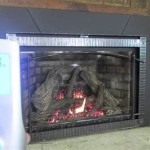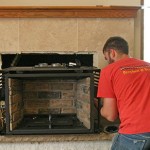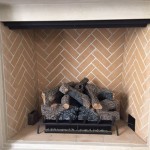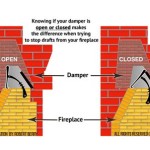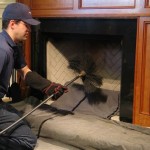Fireplace Fire Starters: Igniting the Warmth
Fireplace fire starters are essential tools for safely and efficiently starting a fire in your fireplace. They provide a concentrated source of heat and flame, making the process of kindling and building a successful fire much easier. These starters come in various forms, each with its advantages and disadvantages. Understanding the different types and choosing the right one for your needs can significantly improve your fire-starting experience.
Types of Fireplace Fire Starters
A wide range of fireplace fire starters are available, each offering specific benefits. Here are some of the most common types:
1. Fire Logs
Fire logs are compressed, pre-shaped blocks made from sawdust, wax, or other flammable materials. They are designed to provide a long-lasting, consistent flame, making them ideal for starting larger fires. Fire logs are available in various sizes and shapes, accommodating different fireplace sizes. They are relatively easy to use, simply light one end and allow it to burn down, igniting the surrounding kindling.
2. Fire Starters Cubes
Fire starter cubes are small, cube-shaped blocks typically composed of wax, sawdust, and paraffin. They are a popular choice for their portability, affordability, and ease of use. To start a fire, simply light one or two cubes and place them under the kindling. The cubes provide a concentrated source of heat, quickly igniting the kindling and creating a steady base for the growing fire.
3. Fire Starters Sticks
Fire starter sticks are long, thin pieces of material designed for easy lighting and sustained burning. They are often made from pressed wood or cardboard soaked in wax or paraffin. Fire starter sticks provide a consistent flame, helping to ignite kindling and build a robust fire. Simply light the end of the stick and place it amongst the kindling to start the fire.
4. Fire Starters Liquid
Fire starter liquid is a flammable liquid, typically kerosene-based, designed to quickly ignite wood and kindling. Available in bottles or spray cans, it is often used in conjunction with other fire starters. To use fire starter liquid, apply a small amount to the kindling and carefully ignite it. Ensure proper ventilation when using fire starter liquid, as it can be flammable and produce fumes.
5. Fire Starters Natural
Natural fire starters embrace sustainable and eco-friendly options. They are made from materials like pine cones, cotton balls soaked in wax, or cardboard rolled into cones. These starters offer an environmentally conscious approach to fire-starting, reducing the reliance on synthetic materials. However, they may require more effort to light and may not burn as long as other types of fire starters.
Choosing the Right Fireplace Fire Starter
Selecting the right fire starter depends on various factors, including the size and type of fireplace, personal preferences, and desired fire duration. Here are some key considerations:
1. Fireplace Size
Larger fireplaces may require larger fire starters such as fire logs or multiple cubes to effectively ignite the kindling. Smaller fireplaces may be suitable for smaller fire starters like sticks or individual cubes.
2. Fire Duration
Fire logs provide a long-burning flame, ideal for extended fire sessions. Cubes and sticks typically provide a shorter burning time, suitable for quick starts and smaller fires.
3. Personal Preferences
Some users prefer the convenience of pre-made fire starters, while others appreciate the DIY approach of natural options. The choice often comes down to individual comfort and environmental considerations.
Safety Precautions When Using Fireplace Fire Starters
Fire starters are essential for starting a fire safely and efficiently. However, it is crucial to use them responsibly and follow these safety precautions:
1. Proper Ventilation
Ensure adequate ventilation in the room where the fireplace is located to prevent smoke buildup and potential fire hazards. Open windows or doors to allow fresh air circulation.
2. Avoid Overuse
Use only the recommended amount of fire starter to avoid excessive flames or smoke. Overusing fire starters can create a dangerous situation and hinder proper airflow within the fireplace.
3. Keep Children and Pets Away
Store fire starters out of reach of children and pets to prevent accidental ingestion or burns.
4. Never Leave a Fire Unattended
Always supervise the fireplace when using fire starters. Never leave a fire unattended, even for a short period.
5. Extinguish Fires Completely
Always ensure the fire is completely extinguished before leaving the fireplace. Use water or ashes to fully extinguish the embers and prevent any potential hazards.

How To Make Homemade Fire Starters That Smell Amazing

Pinecone Fire Starters Diy Stonegable

How To Make Homemade Fire Starters That Smell Amazing

How To Make A Fireplace Campfire Starter Vitacost Blog

Fire Starters Christophe Pourny Studio

Enviro Log Fire Starters 24 Ct Case 5 75 X 4 25 6 Com

Scented Firestarter Fire Starter Pack Fireplace

Maison Pechavy Natural Fire Starters Upcycled Wood Shavings On Food52

How To Make The Best Homemade Firestarters With Only Three Ingredients

10 Homemade Fire Starter Ideas To Keep You Warm In Winter
Related Posts


